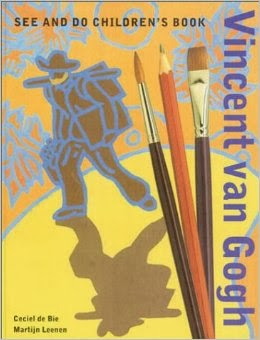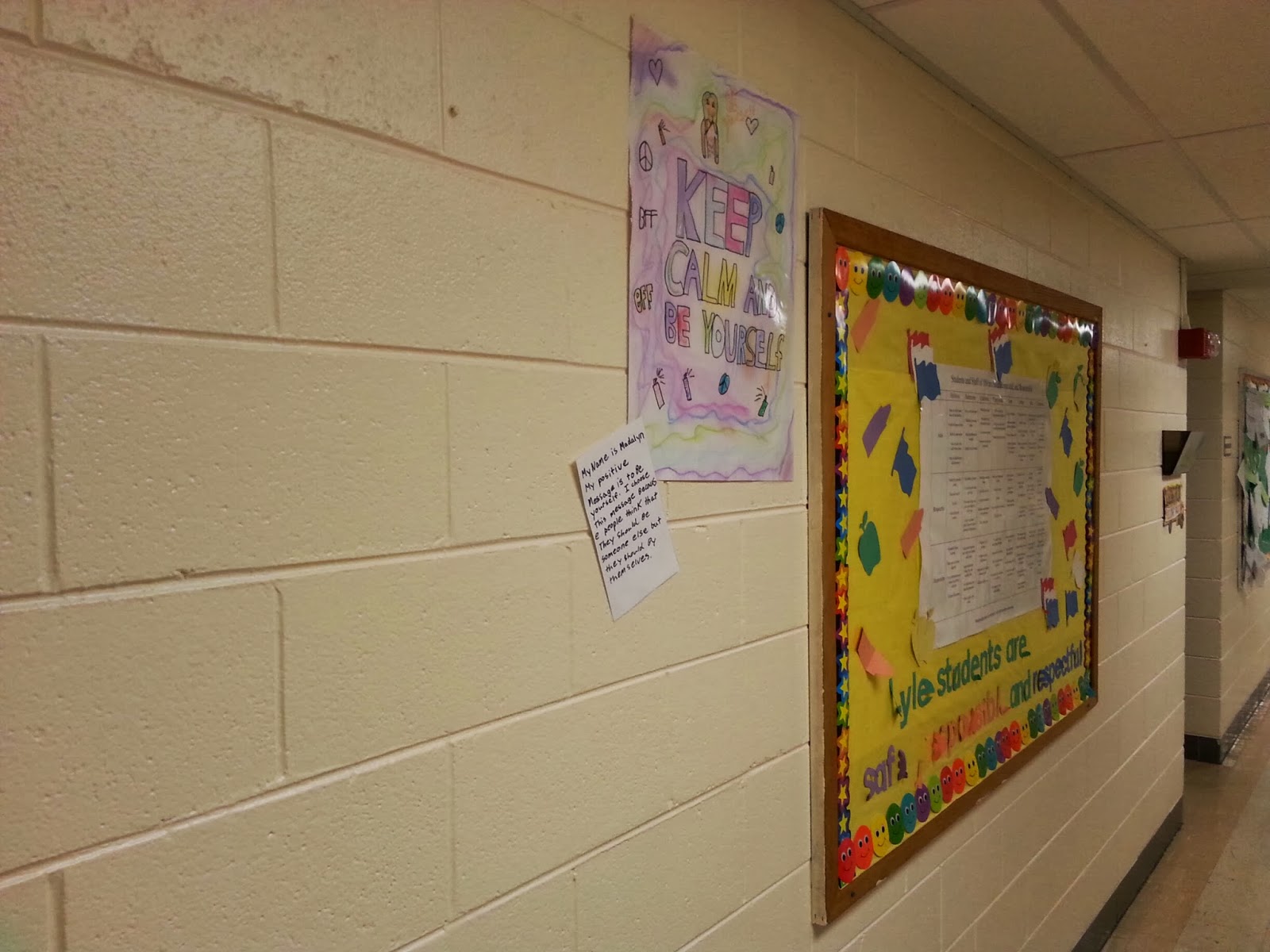For February's
Stepping Stones article in Arts & Activities Magazine, I decided to focus on management strategies for the art teacher. Over the past few months, my classroom management post became the most viewed post I had written. I started the post over a year ago, and since then, I constantly add new strategies I use in my art class. Even though I may be "re-inventing the wheel," I have different challenges and situations every day the require specific strategies.
As one of the "specials" teachers in our schools, we have limited time with our students. Classroom teachers have their own rules, but we create our own set to make the art class safe for our students. If you travel, you may be attempting to adapt to each class's familiar mantras (like hand clapping or hand signals), but overall, we need to do what works best for our situations, whether you travel, push a cart, have a room, share a room, or teach from a temporary space!
In my article, I list some a sic steps to begin setting your rules. Although this article is released mid-year, it's always good to change things up to catch the students' interest.
I recommend creating your own rules. Take a general consensus of what the rest of the classrooms have for their standards, and adapt them to your own. These rules can be "set in stone," meaning the students will know your expectations throughout the years. Since I've have many of my students from kindergarten on, they like to model to students who transfer in how to navigate the art room.
Seating charts! I spend so much time creating all 33 of my seating charts, so when someone says to just change the chart, I want to cry. I recommend writing your charts in pencil, so you can erase any switches or transfer out's throughout the year. If you push a cart in the general classrooms, the chart is already set, but ask to view it if you need to find a student right away.
Create a mantra to get your students active. Even if the older students act like they're "too old" for kids songs, you can still catch their interest with some simple art phrases, like "stash your trash." With PBSS (or PBIS), you can repeat mantras that are used throughout the school too!
Control your noise the best you can. I still struggle with this after 7 years. I cannot stand a quiet art class because I do not feel the students are releasing their full potential in their creative practices, but when it gets to loud, it has the same effect as well. I've used yacker trackers, bells, hand signals, and resorted to yelling (ashamed to admit, but it happens). Find your own creative way to control the noise, like a visual stop light, incentive chart, or noise games (the quiet game is a good one with the kindergarteners!).
Reward systems are effective, but challenging. I've been using Classroom Dojo to measure student behavior, but some classes are so intense and busy, I can't get to my computer to mark the points. Depending on your situation, you can create tangible rewards (if you can swing it), or positive incentives, such as a choice-based project.
My biggest piece of advice to give you is to keep trying. You will not always be perfect. Sometimes your management tool you spent hours trying to create does not work, and that's okay. The key is perseverance. As a first year teacher many moons ago, I struggled with all the challenges that arose, but over time, I found what worked best. Give yourself a break and always be willing to try again. Your students will thank you for it.
For my list of
classroom management strategies, click here.
For a description of
PBIS (Positive Behavior Intervention and Support), click here. My district has moved to the PBSS method, which is very similar to the previous description.
If you're interested in a totally relevant online class on
art room management strategies, visit the Art of Education classes!
And finally, to view my full article in
Arts & Activities, click here!



















































